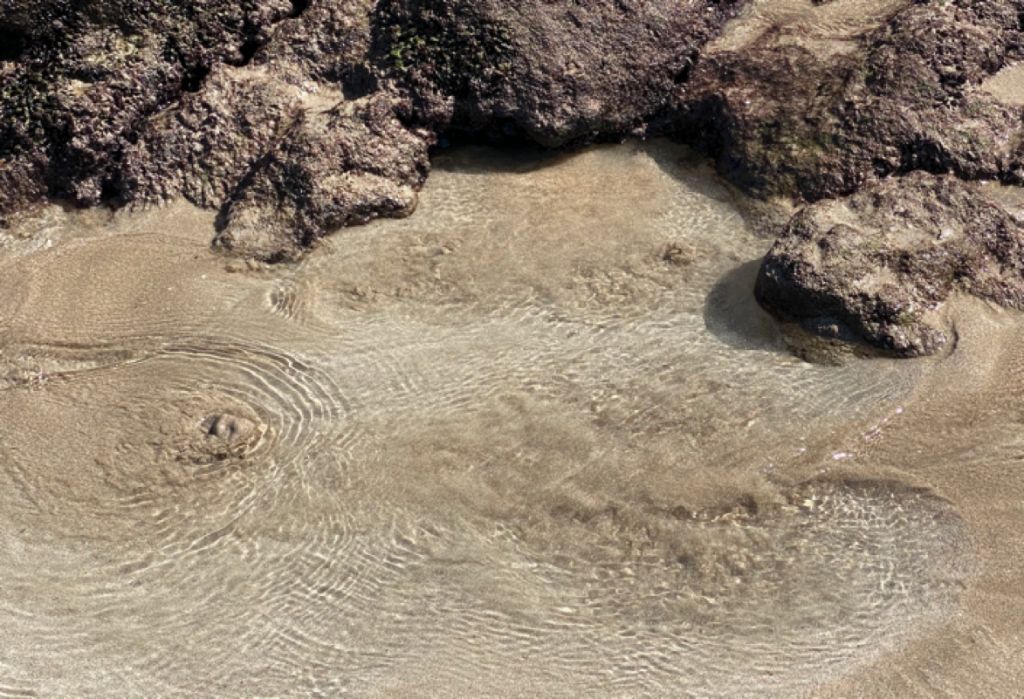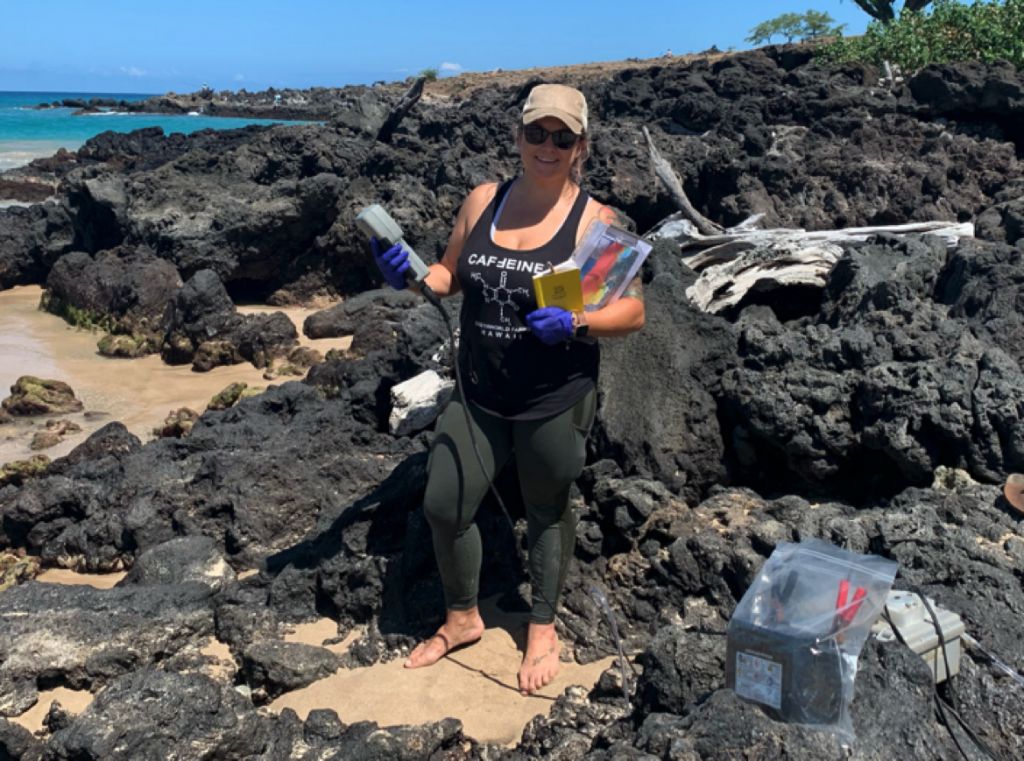Picking apart “dirty” groundwater sources
by Casey McKenzie
When discussing contamination of water resources, our minds likely first jump to imagining polluted creeks and lakes, or rivers that lead to the ocean. We typically picture in our minds the bodies of water that are visible to us, such as where we swim or fish, or reservoirs we might acquire our drinking water from.
It is true that all of these water bodies have suffered the consequences of anthropogenic pollution and nutrient loading. For example, excess nutrients from agricultural practices can inundate a stream-fed lake through rain runoff, overstimulating photosynthetic productivity and generating an algal bloom. Eventually the algae die, triggering excessive decomposition by microbes that consumes the oxygen and creates a “dead zone.” This impairs the water quality so much that larger aquatic life can become unsustainable. However familiar this sequence of events may seem, we typically consider it more of a concern following rain events that catalyze the delivery of the nutrients into our surface waters. This is just one example of the many negative and detrimental impacts that aquatic pollution has on our ecosystems.

Yet the consideration of the water below our feet often goes “over-looked.”
Below” our feet?! Yes! Rainwater that penetrates the Earth’s surface percolates through contaminated soils and eventually replenishes groundwater reservoirs while also delivering whatever contaminants it picked up along the way. The underground downslope flow of this groundwater may enter the ocean at coastal zones, providing a constant “trickle” that we call submarine groundwater discharge (SGD). However, this “trickle” should not be taken lightly, as SGD is volumetrically comparable to stream discharge. Developments in hydrological research also show that SGD plays a major role in the delivery of excess nutrients to our coastal zones, which can impair ecosystem integrity and even contribute to shifts in which species of flora and fauna dominate local reef ecosystems.
Yet little has been done to examine what land-use categories contribute the most anthropogenic waste to groundwater that enters the oceans via SGD. In Hawai’i, we are surrounded by lush forests that provide a natural supply of nutrients to our soils and water, but we also see an abundance of land-use categories that contribute substantial anthropogenic nitrogen to the environment. These land-use categories include entities that partake in large scale landscaping practices (like resorts and golf courses), leaky sewer infrastructure, and homes on cesspools. Not to mention, Hawaiʻi has the largest number of cesspools in use, per capita, compared to any other state in the U.S. All of these factors contribute to the nutrient inundation of our coastal zones via SGD. This is where my research as a Hawaiʻi Sea Grant Graduate Fellow takes the stage!

I am currently studying areas in Hawaiʻi with known coastal springs of submarine groundwater discharge in coastal zones directly adjacent to newly developed land. The study sites selected were all adjacent to one or more of the following land-use categories: homes outfitted with cesspools, resorts and golf courses with transparent landscape practices, and commercial industry that contributes to sewage outfall. The goal of my research is to examine SGD for nutrient content as well as other point-source contaminants, with the goal of pin-pointing which human-derived sources are responsible for the excess nutrients in local groundwaters.
To piece together the relative amounts that these entities contribute to nutrient inundation, over the summer I sampled nearly 50 coastal sites on Hawaiʻi Island where freshwater enters the ocean directly downstream of the land-use categories mentioned. Over the next several months, I will analyze the samples for specific micro-contaminants that I suspect would be present in the water, based on the types of land-use development in the area.
For example, landscaping practices likely use fertilizers as well as certain restricted-use pesticides and herbicides detectable in groundwater. So if there are large areas of professional landscaping near a sampled spring, I will focus on these contaminants. Alternatively, if I am sampling groundwater close to private homes using cesspools, then I focus on looking for pharmaceuticals and personal care products likely to be present in the waste percolating into the groundwater from the cesspools. And in areas where multiple entities are present, I will analyze water quality for all potential micro-contaminants in order to delineate which land-use categories are supplying the anthropogenic nitrogen to the groundwater.
My goal is to examine the presence of different contaminants (pesticides, herbicides, pharmaceuticals, cleaners) as novel tracers for making a hydrological connection between which land-use categories contribute nitrogen to groundwater. Ultimately, this may provide clues as to the groundwater pathways themselves. In addition, if we can determine the specific contaminants present, we can help define which land-use categories might benefit from improved infrastructure or environmental practices, while also promoting a healthier local groundwater supply.
 About the author:
About the author:
Casey McKenzie is a second year Master’s student, born and raised in a drought-plagued rural area of Southern California. She hopes to take the skills and knowledge she is acquiring from graduate research and apply them toward a career focused on educating and encouraging the public to implement safer, more conservative water-usage practices to improve the management of water resources for generations to come.

